New Specialized Creo launched: gravel capability as the brand rejects the electric road bike market
With huge updates to both the geo and the hardware, we take you through the details of Specialized's Creo revamp
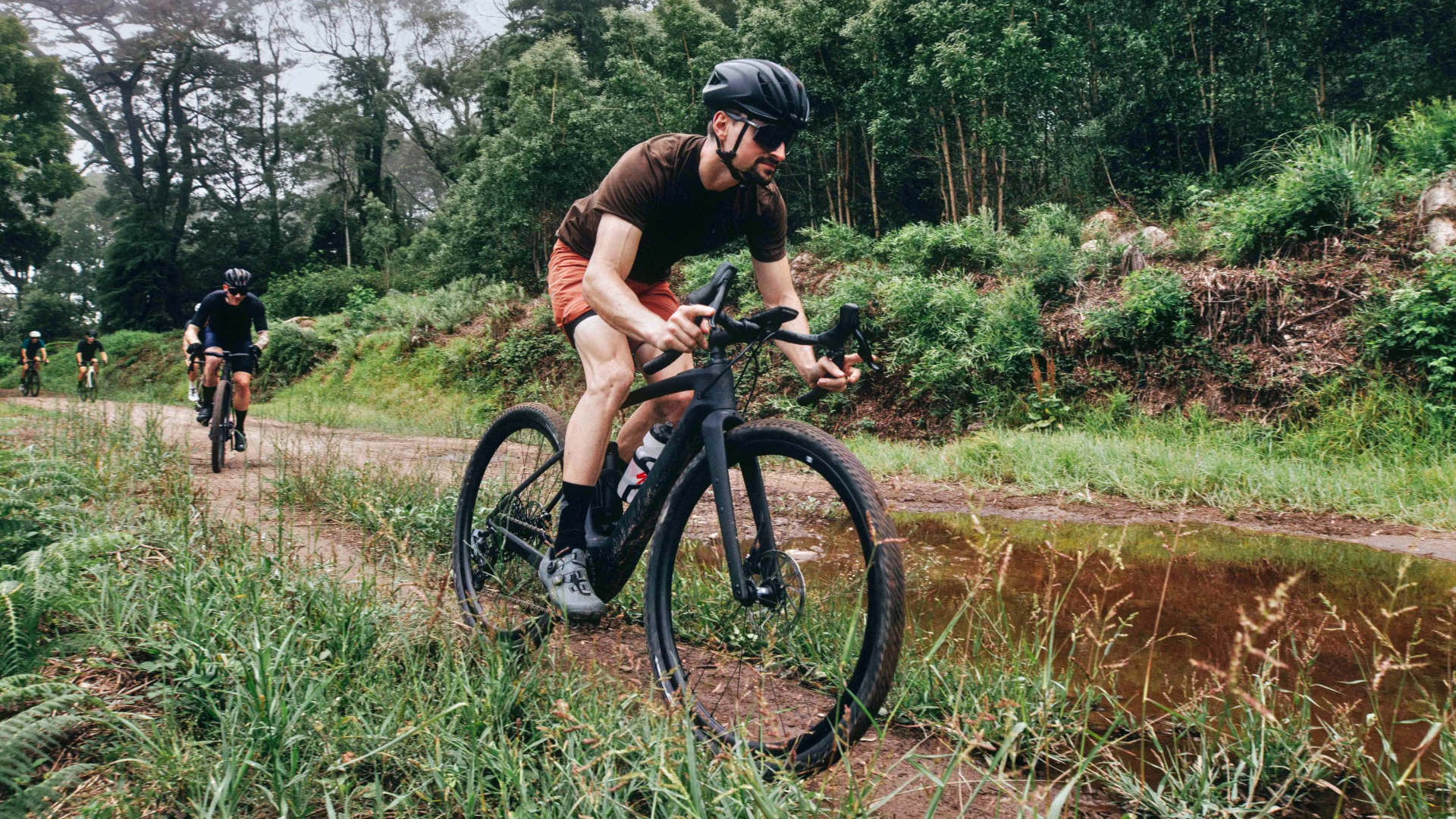

What, exactly, is the point of an electrically-assisted road bike?
It wasn't, so far as we're aware, a question that Specialized was asking when it first launched the Creo SL electric road bike in 2019. But, apparently, it's a question the brand began asking itself somewhere along the way, because it's now rejected the e-road category, in favour of shifting the Creo in the direction of the gravel market.
The question being asked is not 'are batteries and motors a reasonable addition to bicycles'? Multiple reports show that electric bikes are the fastest-selling category in cycling. It’s very much the ‘road bike’ part of the equation that has been striking a discord.
Specialized, it seems, has chosen to go against the tide of seeking lower and lower weights to make electric road bikes more capable once the maximum speed in your given region (25kph the the UK and EU) is reached and the power has cut out. Instead, the brand has focused on offering more comfort and control, in the guise of what is now an electric gravel bike.
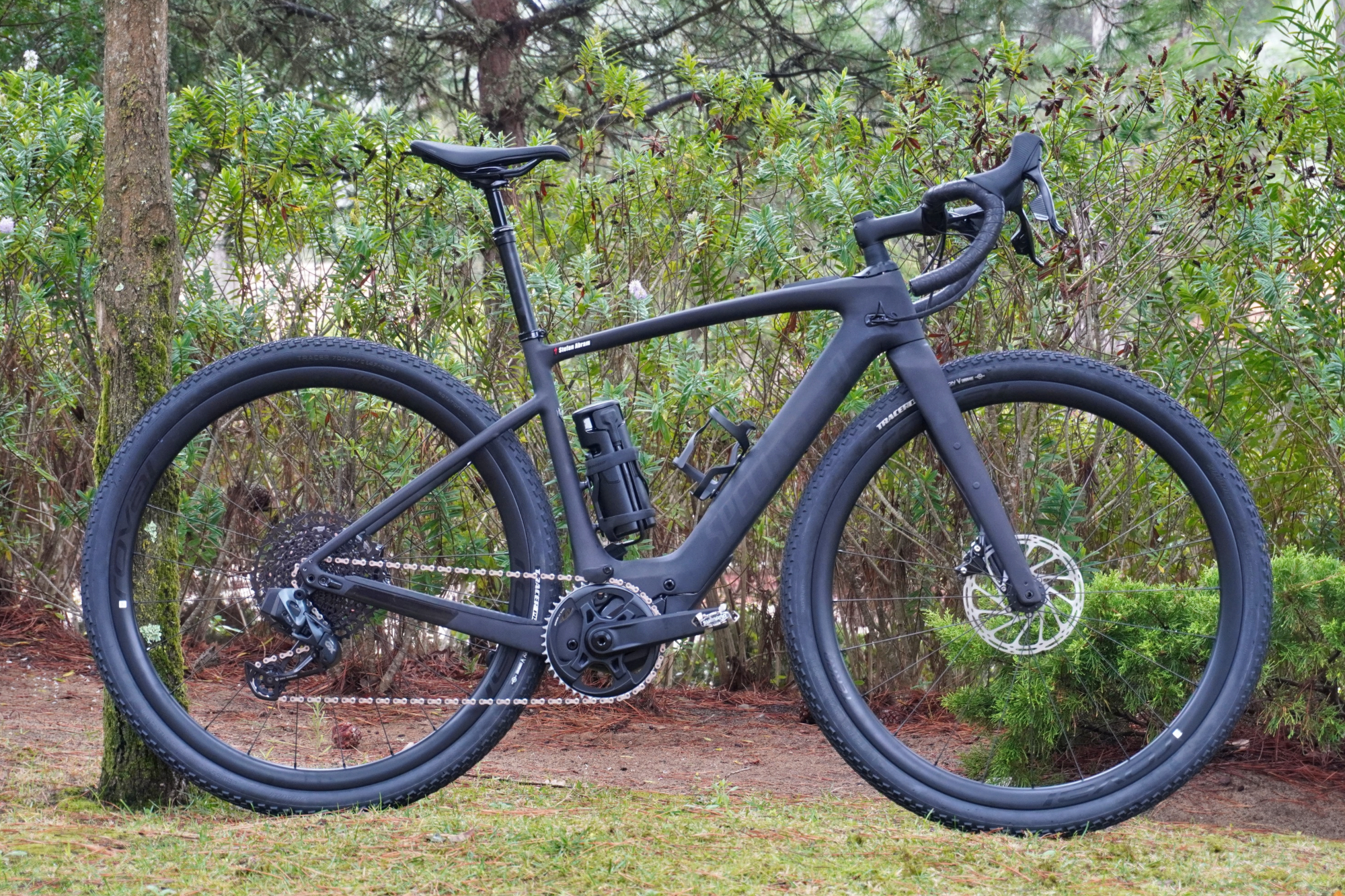
Of course, shifting to a gravel focus doesn't make the weight of a bike a redundant consideration. The extra rolling resistance and weight associated with adding a battery and motor to a bike presents downsides for all electric models. The total range becomes proportionally shorter and heavy bikes are more difficult to handle - both when riding and more generally, when storing or transporting them.
In response, Specialized has sought a balance by giving the updated Creo its lightest motor yet and by continuing with its modular battery system - allowing riders to choose the range/weight balance they want, as opposed to lugging around unwanted capacity.
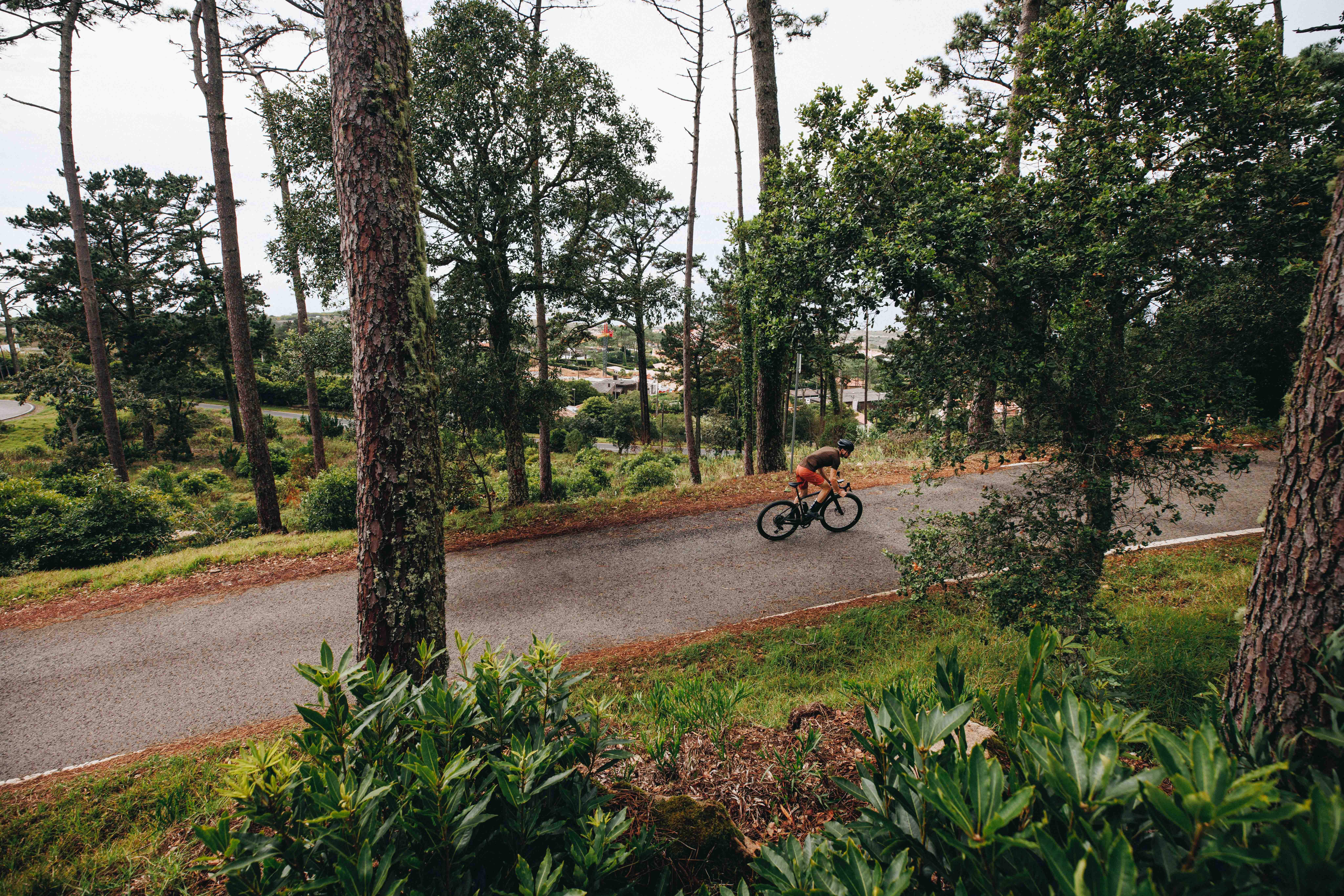
The argument for ditching the electric road bike in its line-up, to instead offer an electric gravel bike, is a reasonable one. But, I still think it's worth considering the counterpoints to that position. I’ll discuss what I think of Specialized’s rejection of the ‘pure’ e-road category and its gravel superiority in and around my experience of the ride further down below.
The latest race content, interviews, features, reviews and expert buying guides, direct to your inbox!
First let’s run through the details on the updates which Specialized has given the Creo. For ease of clarity, I’ll divide this into one section on changes to ‘the bike’ followed by changes to the motor, battery and app ecosystem.
What's changed on the new Creo?
The bike
Essentially everything about the Creo has changed. In pretty much all cases it’s now bigger, burlier and more capable - but there are some exceptions which I’ll get into.
Taking the geometry of the size medium for example, the head angle has been made slacker, going from 72.5 degrees to now 71 degrees. The BB drop is now a very low 80mm, compared to 78mm previously, and the chainstays are now 435mm whereas before they were 426mm. These changes all tend towards making a bike more stable, more planted, and more controlled.
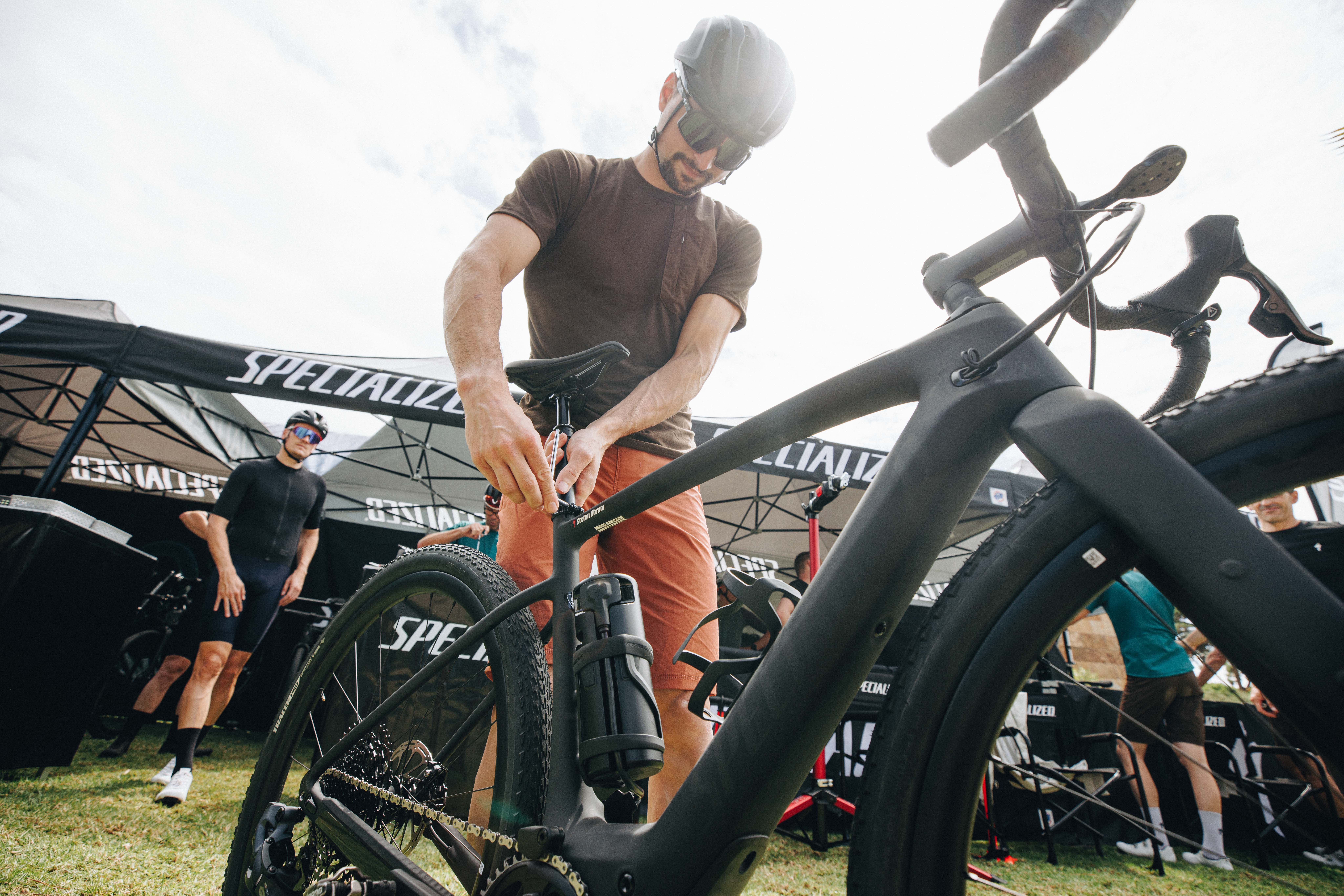
But what’s quite interesting is that the changes to the stack and reach have actually made the bike a little bit more aggressive. A lower stack with the same reach makes for a more bent over and aggressive position - closer to a World Tour pro than ultra endurance athlete. But when both numbers change at the same time, it’s hard to work out mentally which is the more aggressive setup.
For instance, the size medium Creo has gone from a 592mm stack and 379mm reach to now being 595mm and 383mm. But looking at the stack to reach ratio makes comparison a little easier. The smaller the number, the more ‘aggressive’ the bike - and the new Creo is 1.55 compared to 1.56 previously.
Now, a change of that degree is really very small, you'd be pretty hard pressed to notice it. The more noticeable change is more that the new Creo is a slightly bigger bike - if you were between a medium and a large before, sizing down would probably fit you a little better. But even then the difference isn’t huge. Still interesting that the change, whatever its size, is in the direction of more slammed than more relaxed.
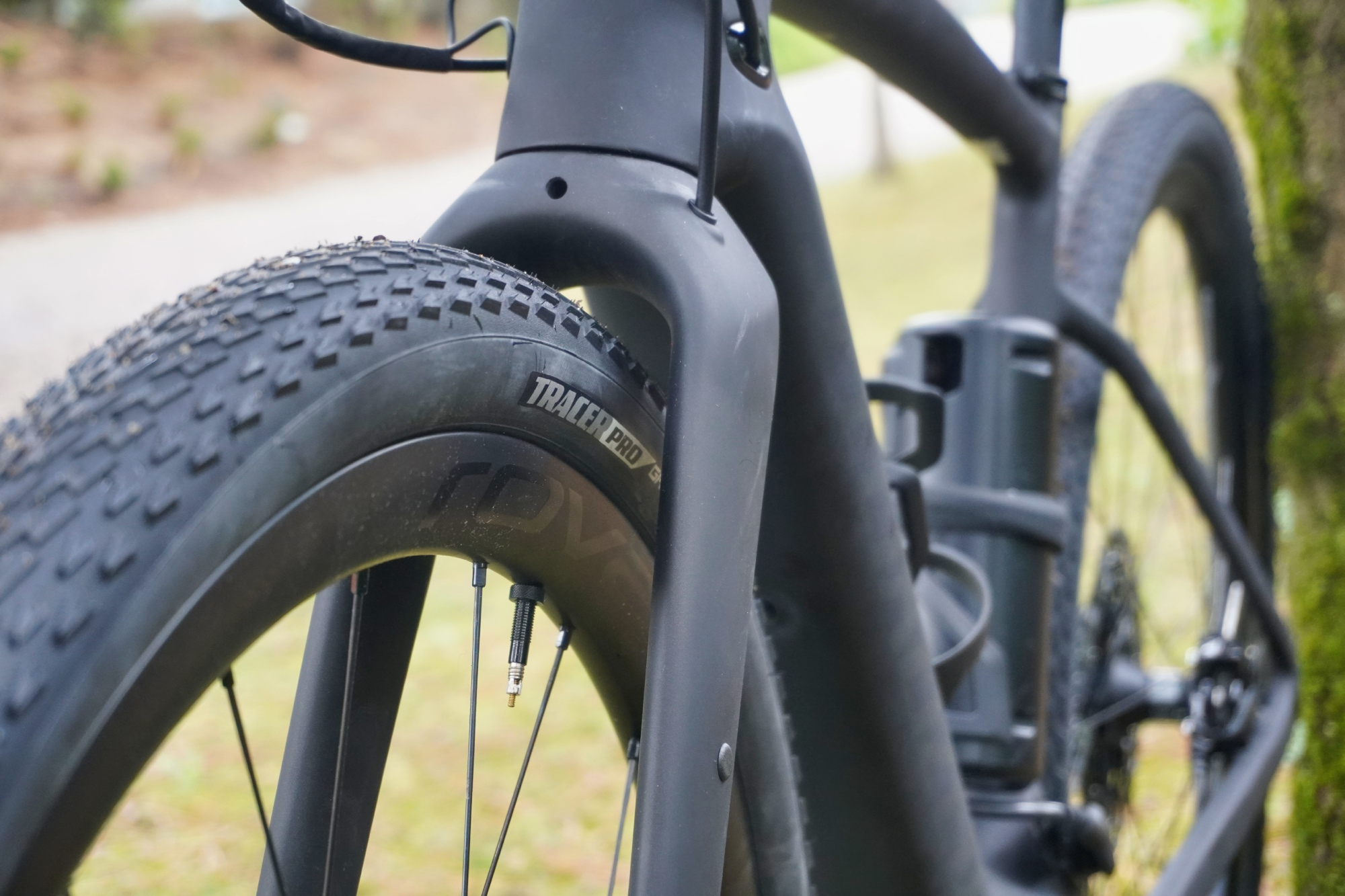
Coming now to the tire clearance, this has increased from 700x42c to now giving space for 700c rubber up to 2.2 inches - large enough to facilitate a switch from metric to imperial. To compare like with like, that’s tires 57mm wide.
The number of mounts has increased too - a welcome addition, as practicality does benefit an e-bike. There are now fork mounts, downtube mounts and pannier rack mounts. The fender mounts remain a feature as well.
The only real omission is the ability to mount a top tube bag - which receives a double no-no on the Creo. Not only would a top tube bag obscure the control panel, the Future Shock - Specialized's take on front-end suspension - rubber boot and weather sealing does not take kindly to straps being wrapped around it.
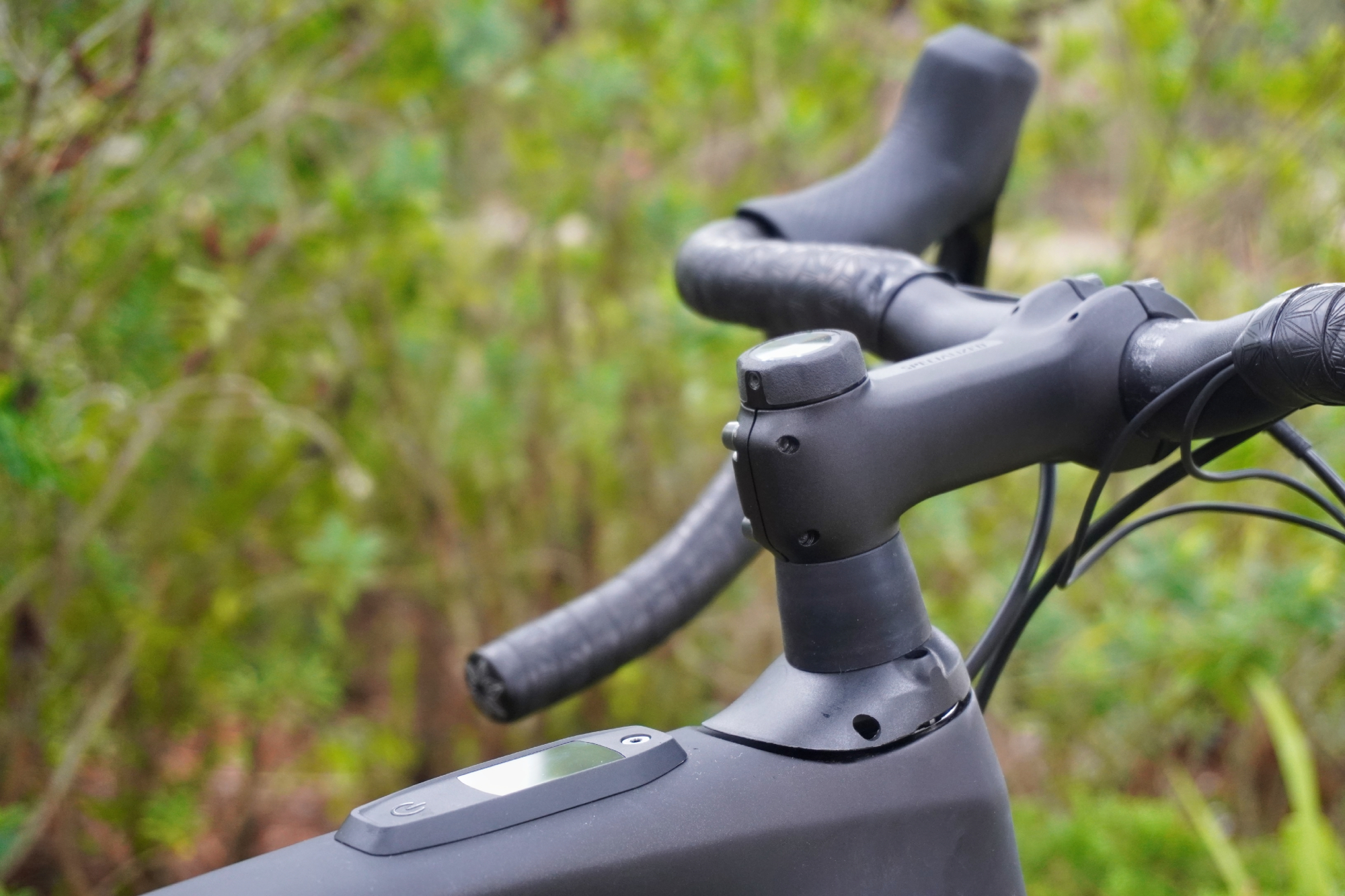
On the Future Shock, this is the same update as the Roubaix received earlier this month, so for a deeper dive you can read about the new Specialized Roubaix here. To sum it up briefly, there are now three tiers of Future Shock: the 3.3, which has an oil dampening system and six lockout levels; the 3.2, which has the same oil dampening system but is always open; and the 3.1, which doesn’t have the dampening and is always open.
The nice thing is that you can upgrade the Future Shock separately. If you want the fancy 3.3 but don’t want to shell out on such an expensive bike, you can get a cheaper model and upgrade.
One final point to mention on the bike, is that Specialized has rowed back on the Boost hub spacing. Although, wider MTB-style hubs (12x110mm on the front and 12x148mm on the rear) might increase the stiffness, it meant the previous Creo wasn’t compatible with standard road and gravel wheels with 12x100mm and 12x142mm hub spacing - so personally, I'm very happy about that change.
The motor, battery and app
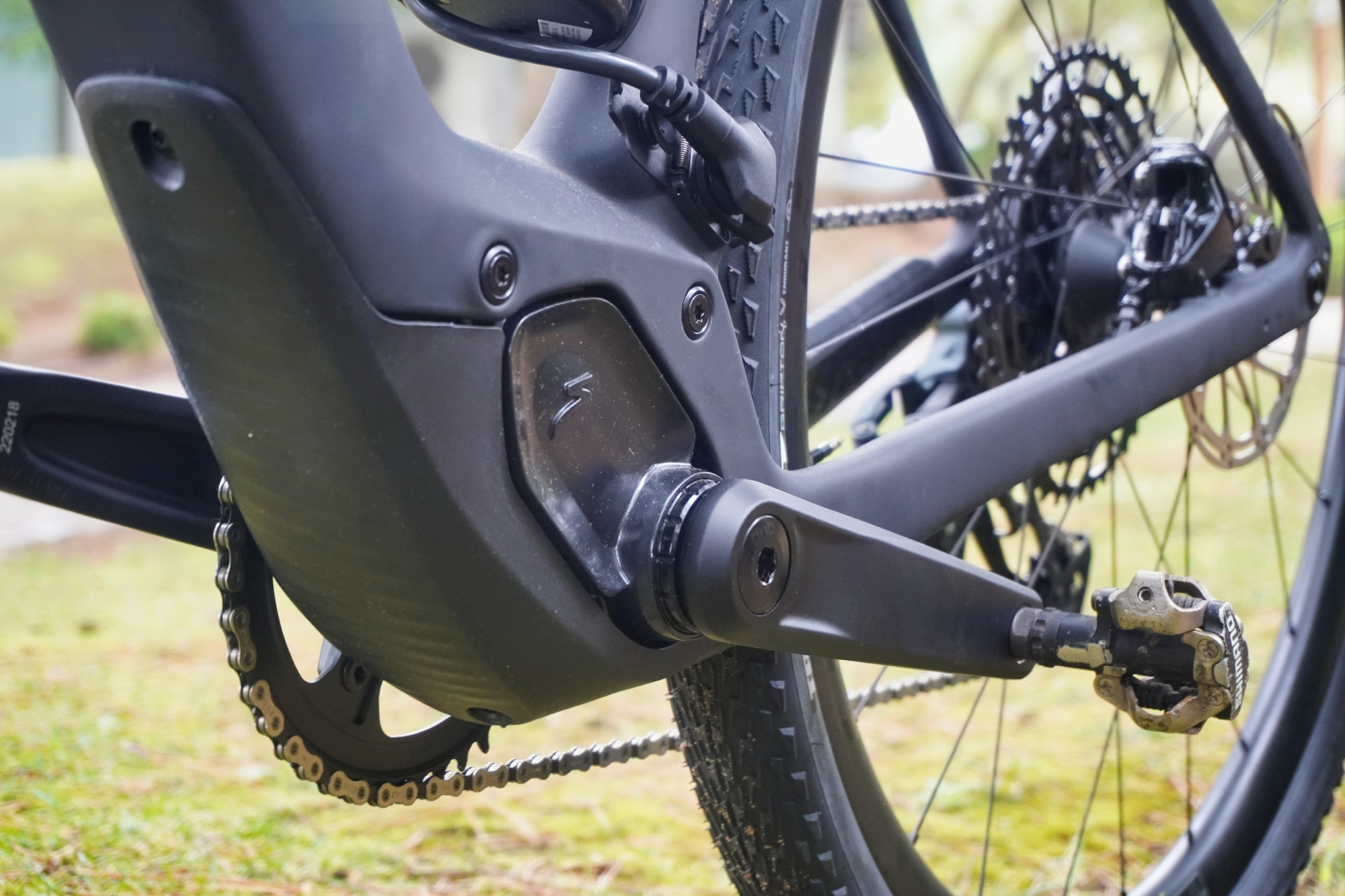
First, let’s cover the SL 1.2 motor, which Specialized has developed to replace the SL 1.1 of the previous Creo. The new motor provides 33% more power (320 watts compared to 240) and 43% more torque at 50Nm (35nm previously).
This does a lot to narrow the gap between this lightweight ‘performance’ style of motor, and the bulky, heavier duty - but more powerful - motors of Specialized’s burlier MTBs and utility bikes, whilst crucially not hampering exactly those points about lightness and efficiency.
Looking at the motor close up, you can see the ‘honeycomb’ structure Specialized has used to increase the stiffness and reduce the noise of the unit. The motor also has a little circle of GoreTex to help guard against moisture ingress, reportedly allowing the unit to effectively ‘breath’ a little and expel the vapor of any water which does somehow manage to get in there.
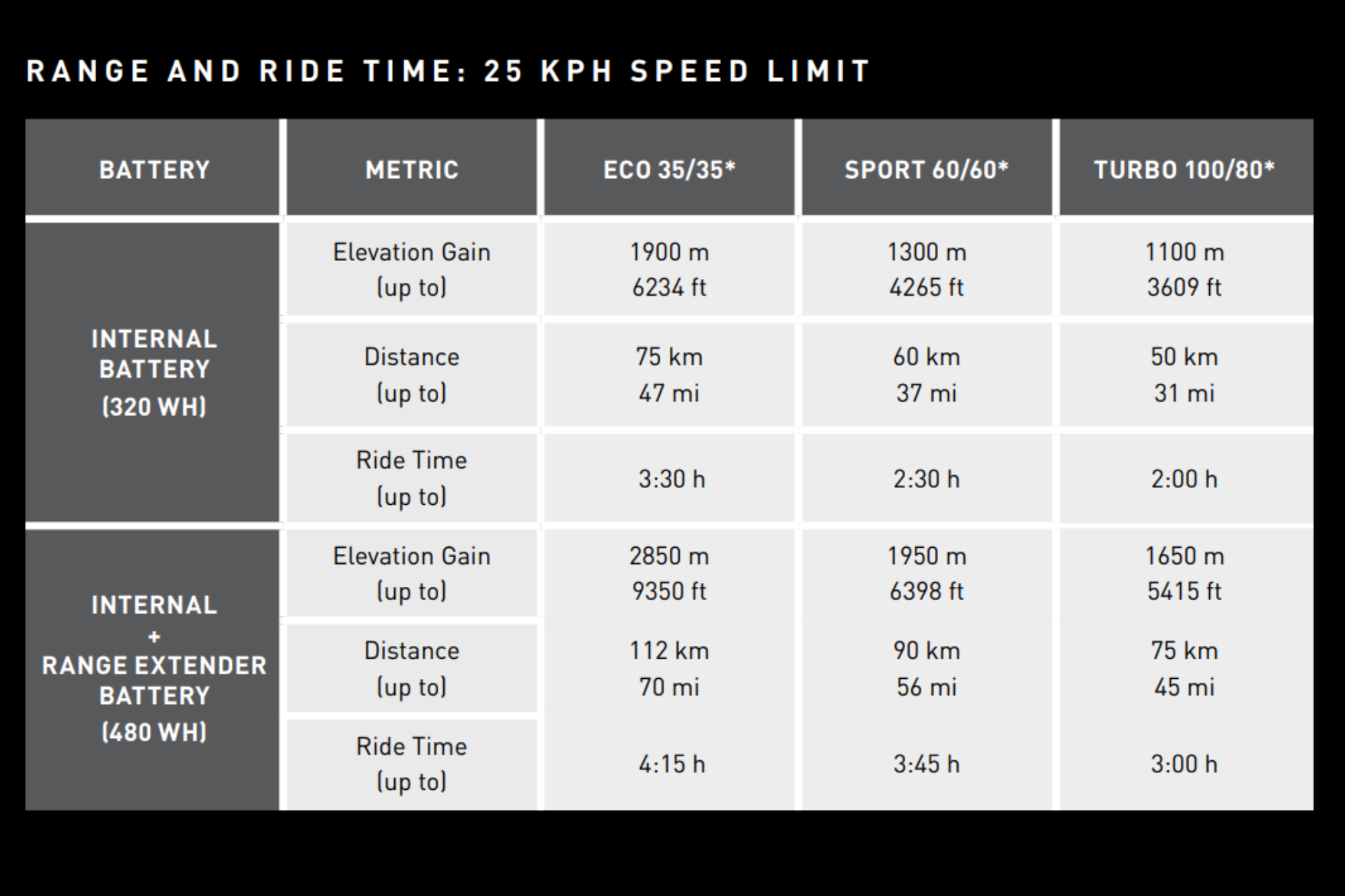
Range axiety is still very much a 'thing' when it comes to e-biles. In a bid to limit this, Specialized has provided a chart with the distances they’ve been able to cover on different length rides of different elevations at different motor assistance levels - I think it’s clearest letting those numbers speak for themselves than trying to work them into a paragraph. Suffice to say, getting 75km out of the internal battery with the range extender would be pretty impressive, as would being able to pack in 1,650m of climbing.
The 60km or 1,300m of climbing on sport mode with just the internal battery also bodes pretty well for more general riding and without the extra weight, bulk and expense of the range extender.
Specialized claims that this motor is the quietest of its kind in the world. I can’t verify that, but I can attest to it not making much noise at all. Although I could hear it working when accelerating with the bike set to ‘full assist’, for the most part any noise from the motor was entirely masked by the sounds of the trail or traffic.
Specialized also claims that the SL 1.2 motor is the most efficient in production. This is an important metric, as a more efficient motor can see you go further and/or requires a smaller battery and so saves on weight - batteries are unavoidably quite heavy. Again, I can’t verify Specialized's claims, but it did stand up well to my total abuse of the turbo mode! I’ll go into more detail on that in the ride section.
Another important point is that the Q-factor is now 169mm, compared to 181mm on the previous model. For context, Shimano’s GRX crankset has a Q-factor of 151mm - so the SL 1.2 motor still puts your stance width a fair bit wider than your typical bike. But on the other hand, I didn’t find the width to be jarring or really that noticeable for lower intensity riding on the Creo. For all-out efforts and associated training, I would prefer something narrower, but that’s not really what this bike is for.
The new Specialized App is pretty neat in itself - you can customize the assistance levels and settings, setting the amount of additional power you want for your input across the different levels. You can lock the e-bike for a bit of extra peace of mind when sitting at the cafe and straight out of the box, you can pair the Creo up with your head unit and get all your cadence, speed and power numbers - from just the single connection.
The ride
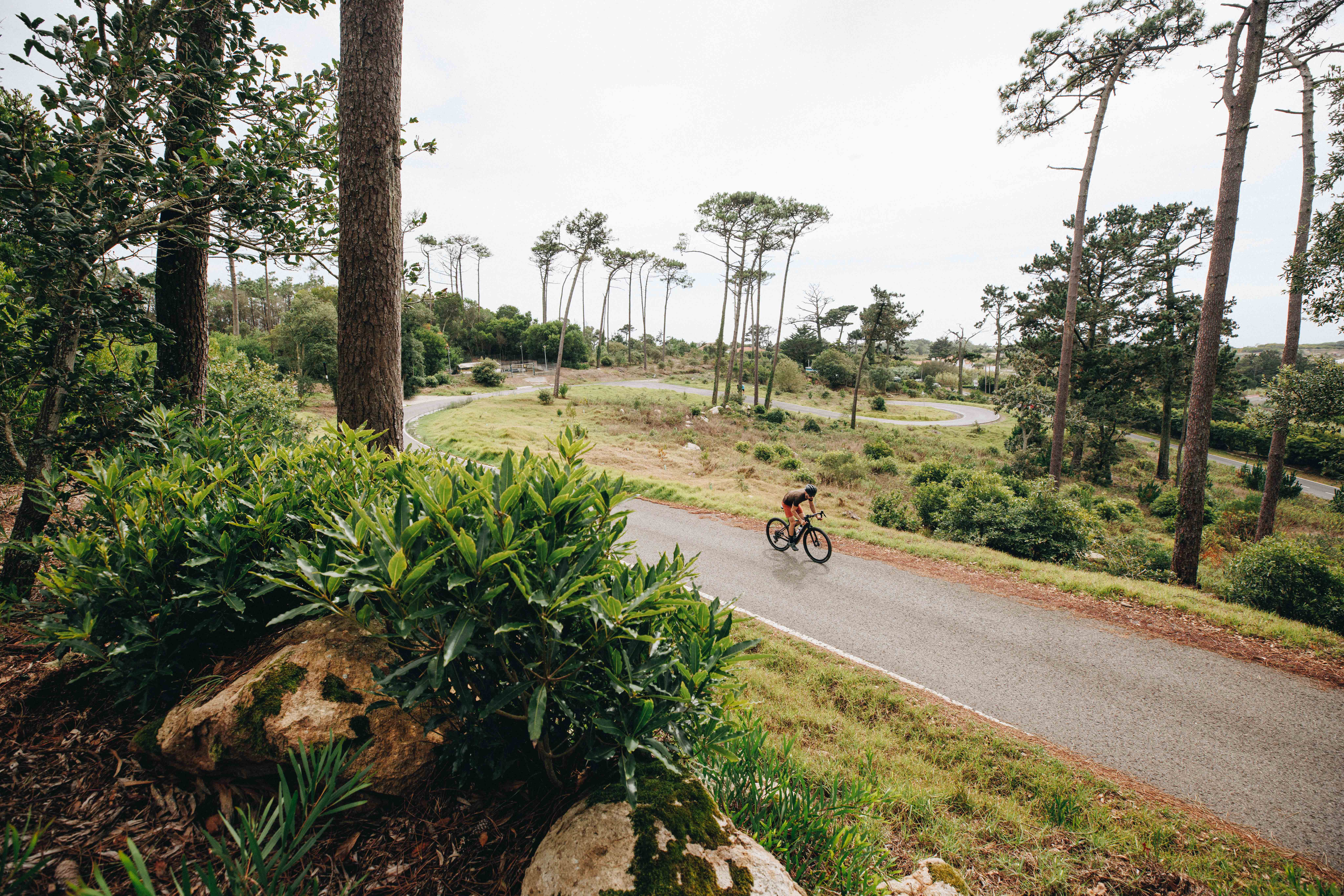
So - that's the tech details. But what of the first ride?
Our 45km loop packed in over 1,000m of climbing and a pretty broad range of terrains. There were smooth, twisting ribbons of tarmac, giving way to coarser, potholed and broken roads. The trails ranged from smooth double track to rougher - but flowing - singletrack. Some of the doubletrack sections ended up proving the most rocky - all hard set into the earth and none larger than a fist - but still very much requiring a judicious line choice.
There’s so much to say about all the different aspects and qualities of the Creo. I’ll start with the positives.
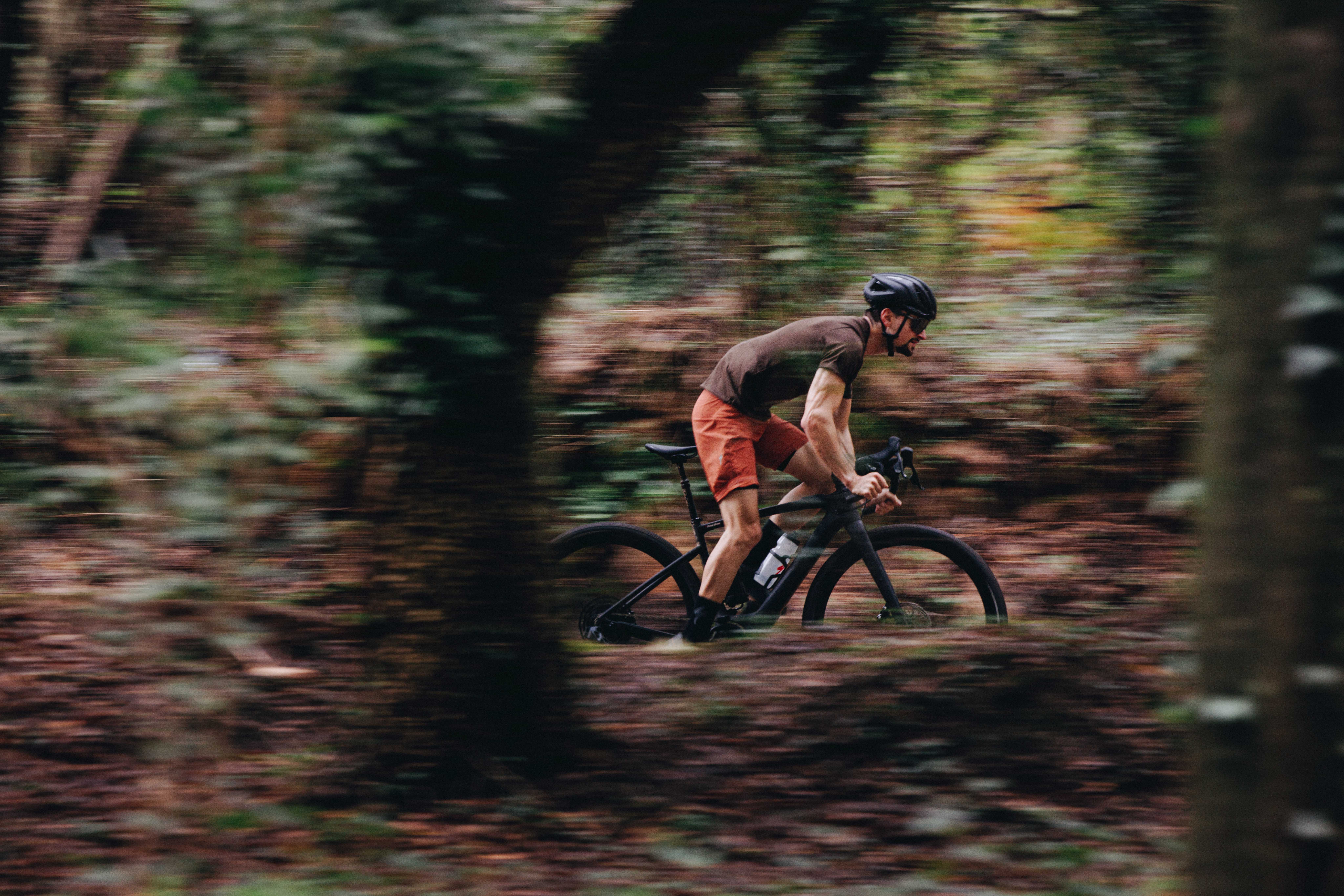
First, I did really enjoy the larger chunky tires and Future Shock suspension. Not just on the trails, but also on the tarmac. Railing round the corners with oodles of grip doesn’t get old and it sailed over the cobbles and moderately-sized potholes without issue. Off-road, that capability greatly expanded the range of trails it was possible to tackle and really attack, rather than nursing it down the descents.
Regarding the battery range, I took the approach of whacking the assistance to the highest level and seeing how much charge I burnt through. With this hedonistic approach (and with a range extender attached) I still managed to finish the ride with the bike estimating that it had another 45km left in the tank.
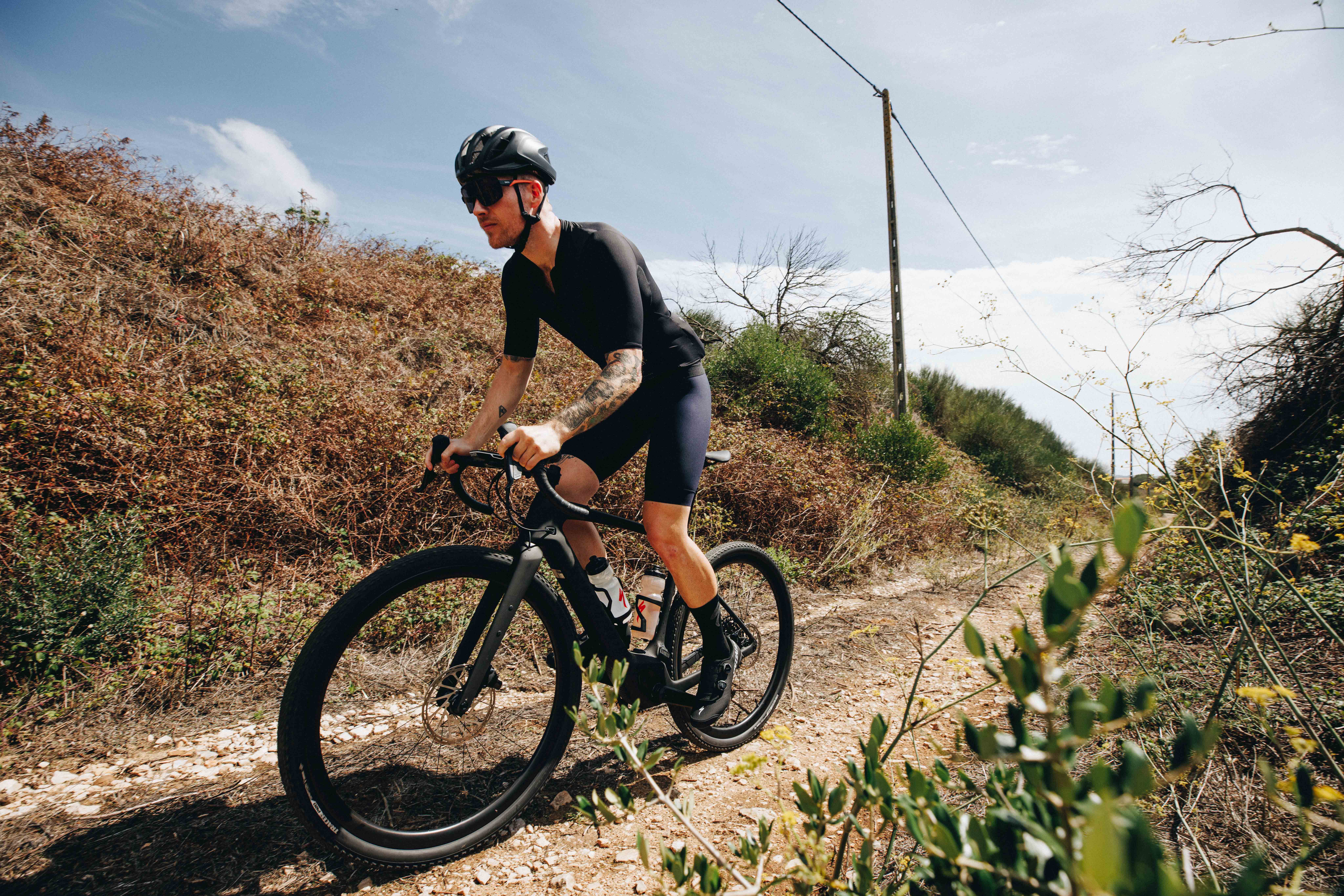
The question of how much charge might have been saved with a more sparing use of the e-assistance was helpfully answered by Merlijn Spenkelink, Editor-in-chief of Dutch cycling magazine Wielrenblad. It was his legs that provided the lion’s share of the watts across the loop we rode.
He also eschewed the option of a range extender, going off just the internal battery of his Creo. By the end, his bike showed an estimated 30km remaining. Given that the range extenders have exactly half the capacity of the internal battery, he could have had up to another 38km on top of that had he taken one on board.
Coming now to the performance of the motor itself, something which is quite interesting is that - despite the SL 1.2 motor having 33% more power - the power offered by the ‘Turbo’ setting on the bike is actually capped at 80%. To get the full wattage on offer, you either have to create your own custom setting in the Specialized app or switch into ‘Micro-Tune’ mode and manually set the assistance to 100%.
Having tried to ride the whole loop on 100%, I can fully see why Specialized decided to limit the standard boost mode. On steeper and more technical climbs, the power on tap proved a bit much - a squeeze on the pedals to make it over a rock or a rut saw me suddenly accelerating a little too close to the wheel in front. I quickly found that on more technical climbs I had to dial things back down to 80% for a bit more control and less speed.
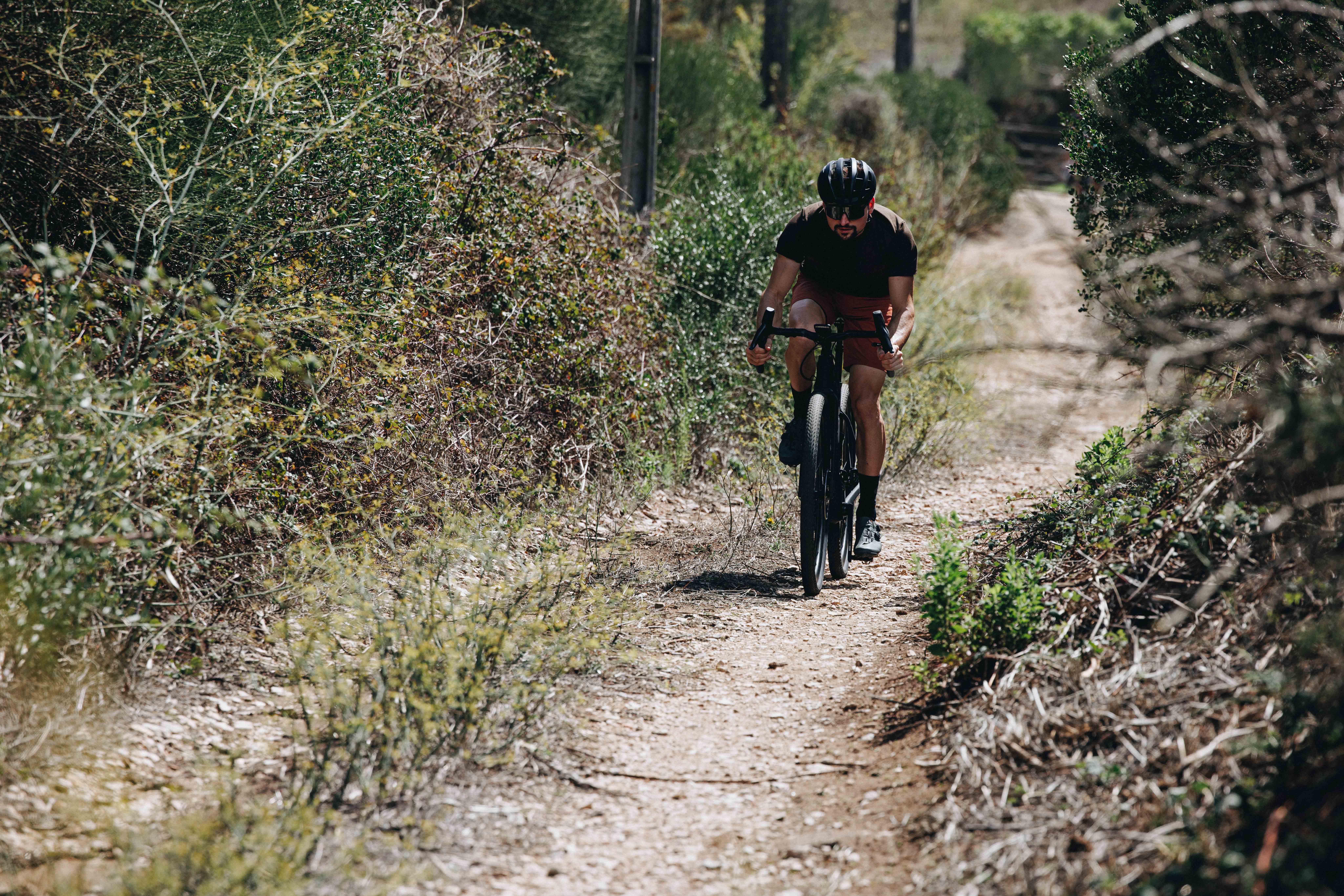
Specialized has also done some work on the ‘feathering’ of when the motor cuts off once you hit the assistance speed limit of your region (for me, 25kph). There’s a more gradual tapering of the assistance switching off, which manages to feel more natural and less jarring than hasher cut-offs at that point.
Now onto some of the more negative qualities. The first concerns what the Creo is like to ride over rougher trails, towards the limit of what the bike is capable of. There’s a few factors working in conjunction.
On the one hand, you have the weight and the geometry of the Creo making it a little less nimble and responsive to changes in line than a comparatively lighter gravel bike with a shorter wheelbase. On top of this, the Future Shock is almost too effective: it does a really great job of isolating you from the bumps - the thing is that it doesn’t help isolate the front wheel from the bumps in the same way a suspension fork does.
This combination means that it’s too easy to treat the Creo more like a hardtail mountain bike than really you should, and bombing down the fireroads without the same caution as you’d usually give a gravel bike.

If the bike were fully rigid without any form of suspension for the rider, it would probably be easier not to be lulled into a false sense of security - but then you’d miss out on the excellent ride-smoothing benefits on trails which are still bumpy, but not quite so rough, and can rightly just be barrelled through. So there’s not really a solution I can think to offer, other than being alert to watch out for that trap.
The other issue comes back to the weight and general burliness of the bike. Over in California, where Specialized is based, the maximum assisted speed is 45kph. In that context, it does make a lot of sense to maximise comfort and grip and rely on the motor a little more. But with the cap being only 25kph the the UK and EU, there really is a gap for lighter weight, road-specific e-bikes.
Because despite the feathering and tapering of the e-assistance on the Creo when you're cycling around the assistance limit, you just can’t get away from the fact that once you're riding about 25kph you’re pushing a 13kg bike with some pretty chunky tires. On shallow climbs, it’s quite easy to end up wanting to sit at around 28kph, and then being disappointed by how comparatively sluggish the bike is in those situations.
Showing what can be done for e-road, Scott has a model which tips the scales at 10.75kg - significantly lighter than the Creo and with tires that suit a road application rather more. I haven’t ridden that bike myself, but I’d imagine there'd be much less of a penalty on the flats and on shallow climbs - whilst still having a couple of hundred watts on tap to knock the edge off the steeper climbs.
But maybe that lightweight e-road category is too niche for every brand to target. The Creo is excellent in the category it’s now designed for: gravel, all-road and straight-up road if you're based in the US. If that fits what you're looking for in an e-bike, you're unlikely to be disappointed.
Models and availability
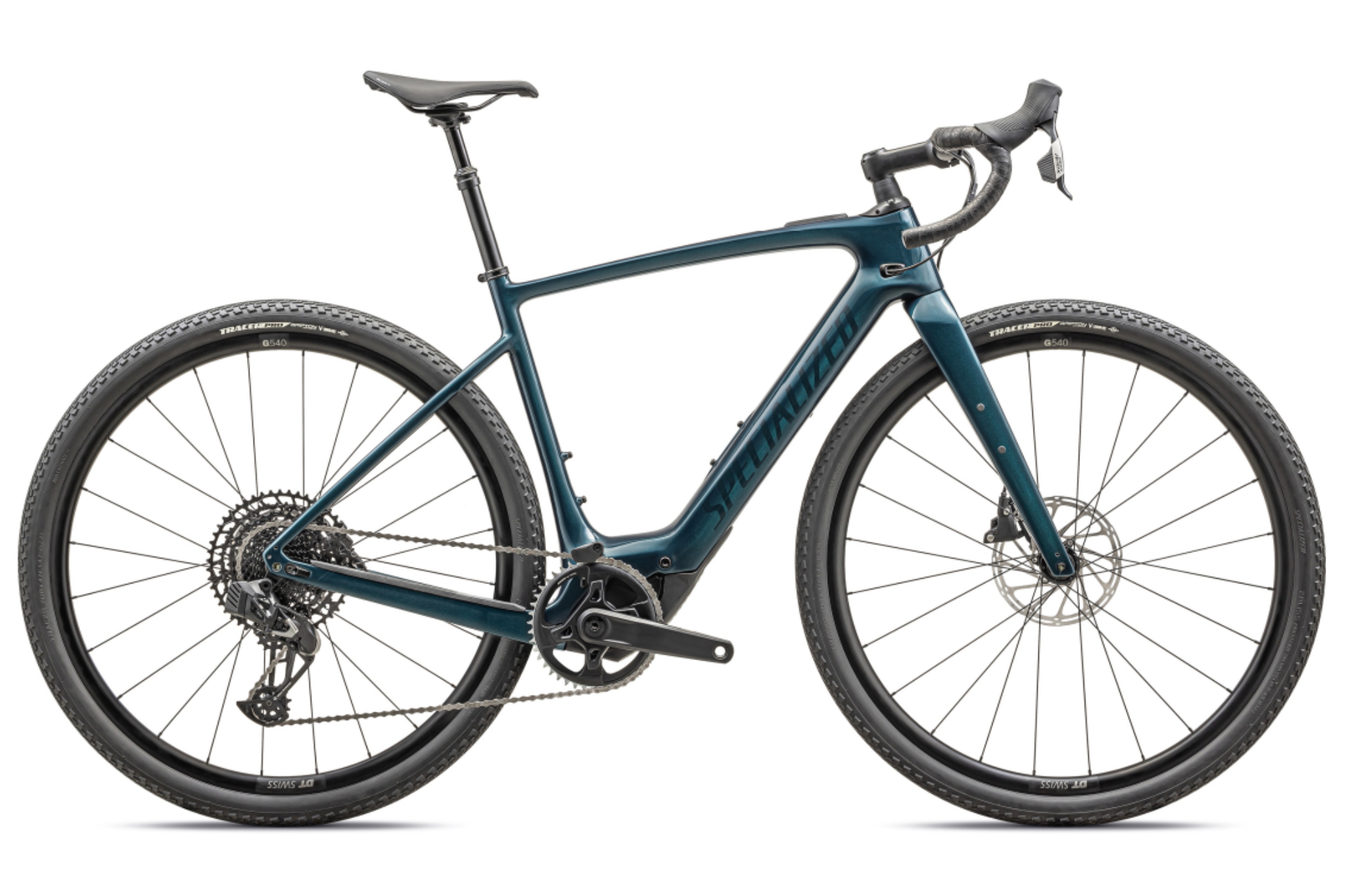
The range starts with the Creo 2 Comp, specced with a SRAM Apex 1x12 electronic groupset with hydraulic disc brakes. The tires are Specialized's Tracer Pro in a 700x47c width and the wheels are DT Swiss G540 with 24mm internal rims widths. It comes with a Trans-X Dropper seatpost and the claimed weight is 14.47kg.
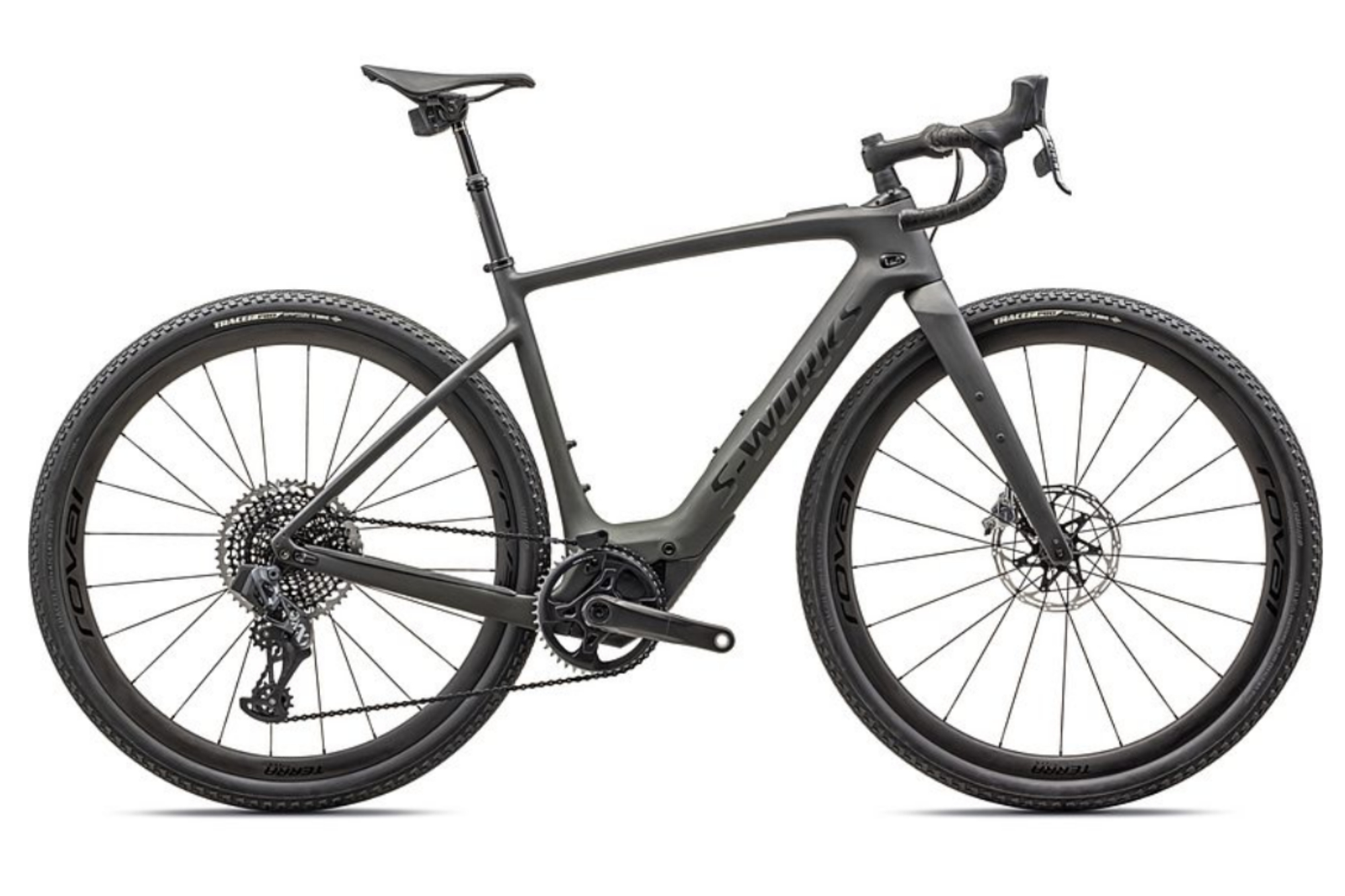
It then tops out with the S-Works Creo 2, sporting full SRAM Red eTap AXS and the SRAM Reverb AXS XPLR Dropper seatpost. The tires are still the Specialized tracer Pro in 700x47c, but the wheels are Roval Terra CLX II with 25mm internal rim widths. The claimed weight for this build is 12.96kg.
You can find out more on Specialized's website here.

After winning the 2019 National Single-Speed Cross-Country Mountain Biking Championships and claiming the plushie unicorn (true story), Stefan swapped the flat-bars for drop-bars and has never looked back.
Since then, he’s earnt his 2ⁿᵈ cat racing licence in his first season racing as a third, completed the South Downs Double in under 20 hours and Everested in under 12.
But his favourite rides are multiday bikepacking trips, with all the huge amount of cycling tech and long days spent exploring new roads and trails - as well as histories and cultures. Most recently, he’s spent two weeks riding from Budapest into the mountains of Slovakia.
Height: 177cm
Weight: 67–69kg